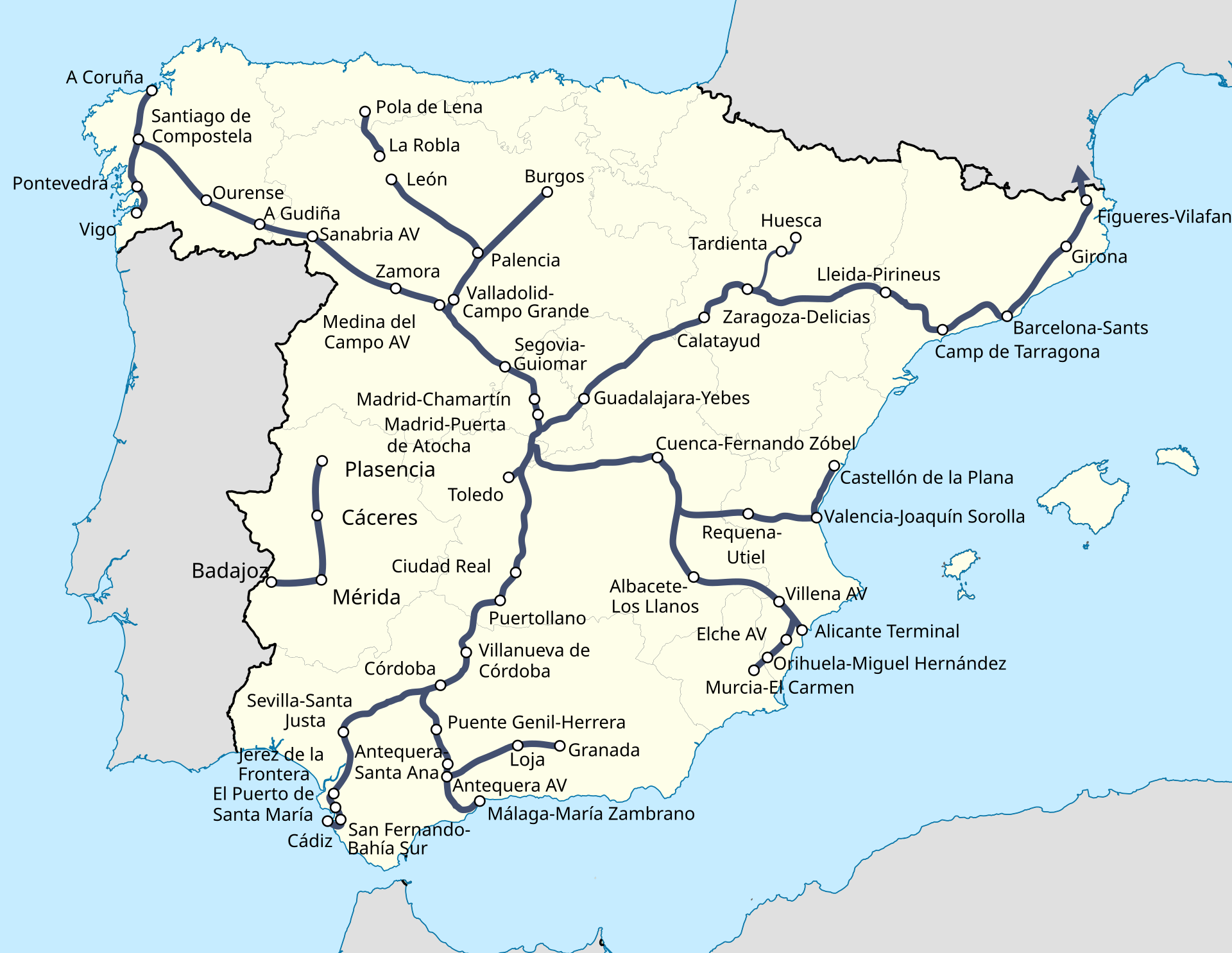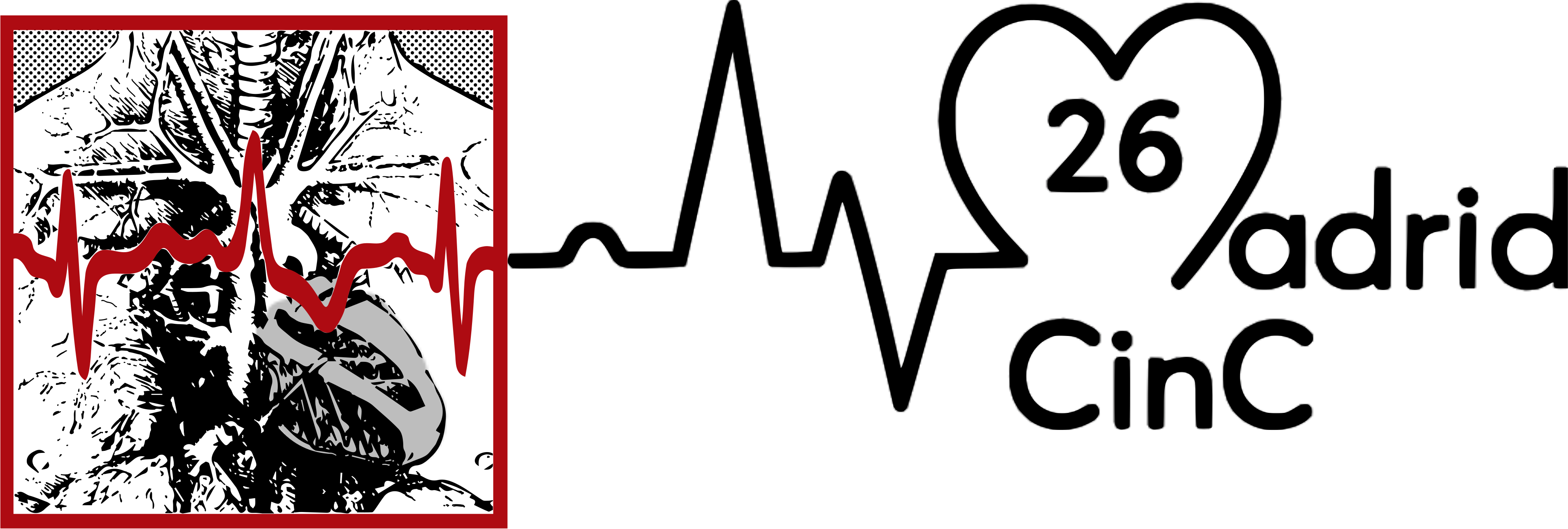Getting to Madrid
CinC 2026 will be mostly held in Retiro disctrict of Madrid, which is easily accessible from the Adolfo Suárez Madrid–Barajas International Airport and by Train . The CinC 2026 conference venue, hotels, many restaurants and cultural institutions, and convenient public transportation (Bus and Metro) are a short walk.
Arrival by Adolfo Suárez Madrid–Barajas International Airport
Adolfo Suárez Madrid-Barajas International Airport is the primary international airport serving Madrid, ranking as the busiest in Spain and the fourth busiest in Europe, offering an extensive network of global connections. It provides over 160 direct international routes spanning all continents, including major hubs such as London, Paris, Frankfurt, Rome, Amsterdam, and Istanbul, as well as key transatlantic destinations like New York, Miami, Los Angeles, Toronto, and Mexico City, and prominent South American cities including Buenos Aires, Lima, Bogotá, and São Paulo. In addition, it connects to 30 national destinations within Spain. All the necessary information, including flight schedules, terminal details, and services, can be found on the official website.
Arrival by Train
Spain has one of the most extensive and modern high-speed rail networks in Europe. The network exceeds 4,000 kilometers of operational high-speed track with Madrid as main hub with more than 100 daily high-speed train connections with the rest of Spain

Madrid is connected by Spain’s extensive high-speed rail network, offering multiple operators with competitive fares, frequent departures, and modern services. Book your ticket directly through the official platforms below:
- Renfe: High-speed and regional and commuter train services.
- Iryo: High-speed trains.
- Ouigo: High-speed trains.
All services provide direct high-speed connections to major Spanish cities, including Barcelona, Seville, Valencia, Málaga, and Zaragoza. For route comparisons and real-time scheduling, visit Trainline.
Madrid has two main railway stations for high-speed train services:
- Madrid-Atocha: The largest and busiest station, connecting Madrid to southern and eastern Spain—including cities like Seville, Málaga, Córdoba, Valencia, and Alicante—as well as international destinations such as France. It also provides connections to regional commuter trains and the metro
- Madrid-Chamartín: The primary hub for northern and northwestern routes, serving Barcelona, Zaragoza, Galicia, Asturias, and other cities in northern Spain. It also provides connections to regional commuter trains and the metro.
Both stations are well-integrated into Madrid’s public transport network via metro and bus lines, making transfers easy and efficient for travelers arriving from or departing to any part of the city.
Arrival at Madrid-Venue neighbourhood
The best way to move around Madrid is by using its comprehensive public transport network, including the Metro and Cercanías commuter trains, which provide seamless connections between the conference Venue neighbourhood, Madrid-Barajas Airport, and the city’s two main railway stations, Atocha and Chamartín.
From the airport
From the main train stations
Atocha
Chamartín
Attendees can also take Uber, Cabify, Bolt and Taxi, or other private services, which typically take 15-30 minutes.
Calendar ■ Registration ■ Authors ■ Programme ■ Travel ■ PhysioNet Challenge ■ FAQ
